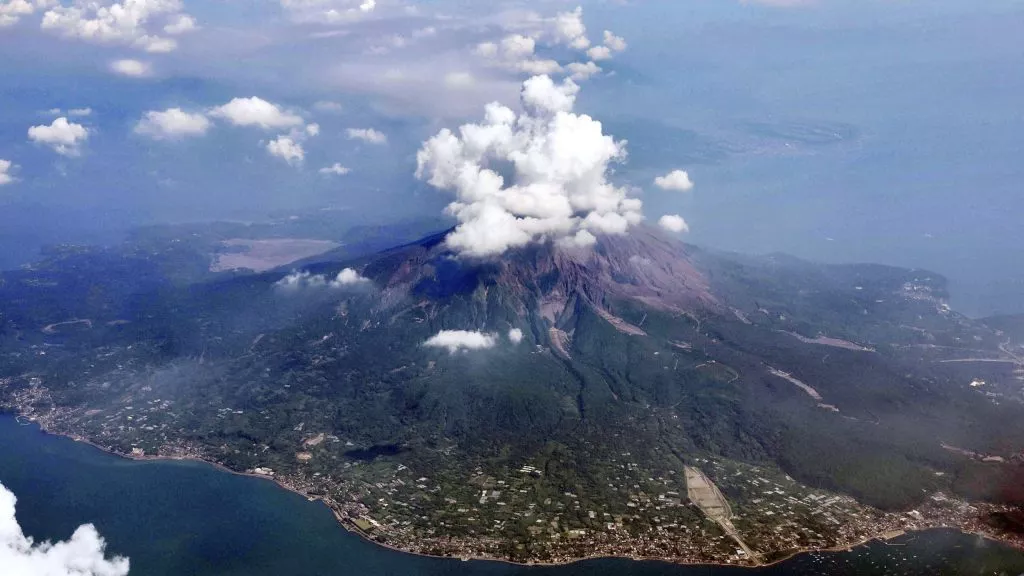The Innovative Gaseous Detector Development Momentum Research Group of the ELKH Wigner Research Centre for Physics (Wigner RCP) participated in the muographic research, which aims to examine volcanic eruptions. Volcanic processes are driven by changes in the state and movement of subsurface magma, which often cause the ground surface of volcanoes to move upwards before eruptions. Remote sensing of ground movements is a valuable tool for predicting volcanic eruptions. However, the physical causes that lead to ground deformation are not always known, and deformation is not followed by eruption in around half of these cases. Monitoring changes and movements of subsurface magma can help identify the actual causes of eruptions and improve forecasting. A paper with the findings of the experiments has been published in the prestigious scientific journal Geophysical Research Letters. The article’s first author, László Oláh is a former staff member at Wigner RCP and currently a researcher at the University of Tokyo.
The Sakurajima volcano is one of the most active volcanoes in Japan, with several hundred explosive eruptions each year that spew volcanic rocks and ash over several kilometers of the surrounding area. The volcano, which is located a few kilometers from the center of the city of Kagoshima – which has a population of nearly 600,000 – is one of the most monitored volcanoes in the region. The Sakurajima Muography Observatory, operated by Wigner RCP and the University of Tokyo, has been consistently collecting data since 2017. The device, based on Hungarian technology, creates muographic images of the volcano’s internal structure and changes by tracking cosmic-ray muon particles that are generated in the atmosphere and penetrate the volcano.
The international research group working on the Hungarian-Japanese experiment used this new method to measure the change in density under the Sakurajima volcanic crater, before comparing it with the ground surface movement and changes in the frequency of eruption. The mass density during periods of quiescence, when the volcano’s ground surface was higher, and decreased during periods of frequent eruptions, when the ground surface was deflated. The muography helped reveal hidden volcanic processes: in the more inactive periods, the volcano filled with magma, which caused an increase in the pressure of volcanic gases and magma in the vent. This caused the surface of the volcano to rise. During periods of eruption, the plug was destroyed and replaced by fresh, lower-density magma, which released pressure and caused the volcano’s surface to deflate.

(Image: MTI)
The findings demonstrate that muography is a useful complementary tool to remote sensing techniques for measuring ground surface deformation in volcanoes such as Sakurajima. Muography currently provides useful information for the mid-term evaluation of volcanic hazards. Increasing the surface sensitivity of muon monitoring equipment will reduce the time needed to create images, and in turn, make it possible to apply muography as part of the monitoring procedures used in early detection systems for other signals, such as indications of earthquakes, surface deformations, and the composition of gases released to the surface.
Publication:
László Oláh et al: Muon Imaging of Volcanic Conduit Explains Link Between Eruption Frequency and Ground Deformation. Geophysical Research Letters, Volume 50, Issue 2, January 2023. Doi: 10.1029/2022GL101170